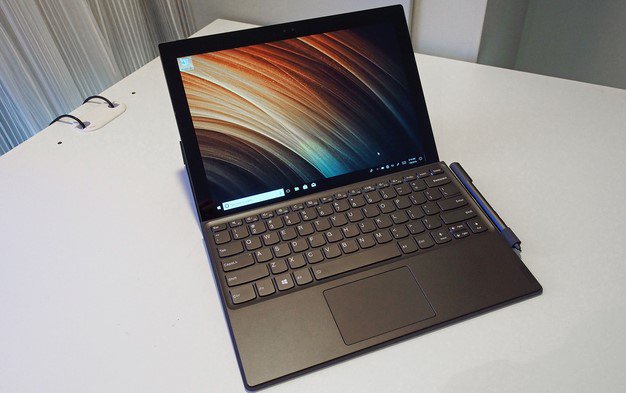This Microsoft Leak Exposes Limitations Of Windows 10 Experience On ARM Devices

However, given that emulation is involved to allow these ARM-powered devices to run x86 applications, there are bound to be some limitations in place. Unfortunately for Microsoft, those limitations leaked early. Microsoft was able to react quickly and pull the page, but not before it was picked up on by Thurrott.com.
- Only ARM64 drivers are supported: This one is pretty self-explanatory. Hardware support for Windows 10 on ARM will be extremely limited (at least initially) due to the fact that ARM-specific drivers are required.
- x64 apps are not supported: Although x64 support is planned for a later date, the initial release of Windows 10 on ARM will only support 32-bit x86 apps.
- Certain games don’t work: Versions of OpenGL newer than version 1.1 aren't supported. However, the operating system does support DirectX 9, DirectX 10, DirectX 11, and DirectX 12. In addition, games with built-in anti-cheat driver functionality are not supported.
- Apps that customize the Windows experience may not work correctly: Microsoft says that native OS components will be unable to load non-native content. The software company explains, "Apps that commonly do this include some input method editors (IMEs), assistive technologies, and cloud storage apps. IMEs and assistive technologies often to hook into the input stack for much of their app functionality."
- Apps that assume that all ARM-based devices are running a mobile version of Windows may not work correctly: Some apps -- typically Universal Windows Platform (UWP) apps -- may make the wrong assumption that because notebooks and convertibles are running ARM processors, that they are a smartphone. This could lead to apps being displayed in the wrong orientation.
- The Windows Hypervisor Platform is not supported on ARM: Again, this one is self-explanatory.

